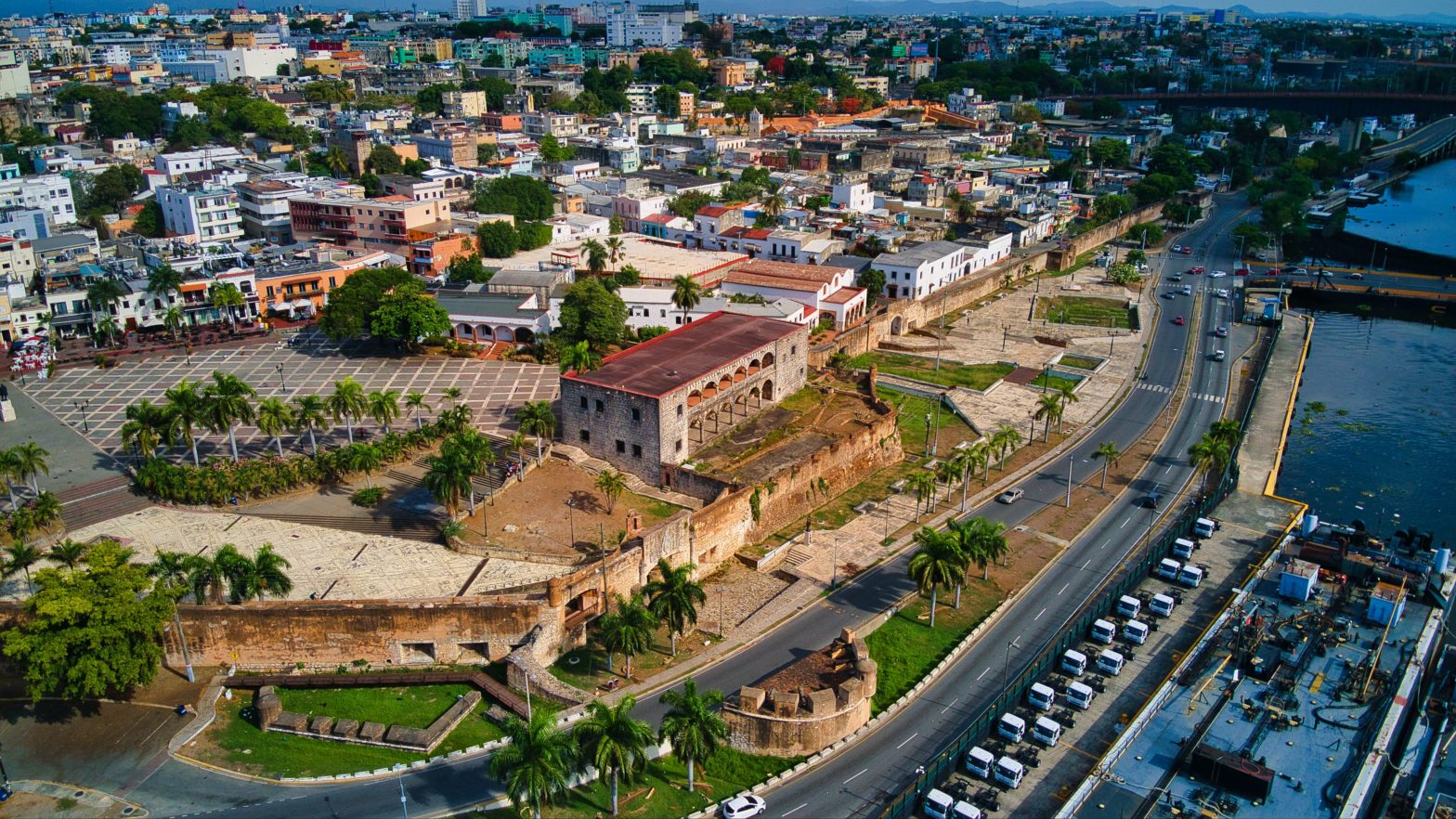2021 marked 500 years since what is believed to be the first record slave revolt in the Americas. While there are some debates among historians on the actual date of the rebellion and whether it happened on Christmas Day or the day after, what remains known is the revolt began on the Nueva Isabela sugar plantation in Santo Domingo which was owned by the colony’s governor, Deigo Colón (Columbus), the son of Christopher Columbus.
Historians believe the rebellion took place around Christmas in 1521 – because of a new set of laws aimed to control enslaved Africans in the New World.
Those enslaved marched more than 60 miles from the plantation in search of other Black Africans enslaved who yearned for freedom. Historians say they chose this time of year because they knew white Spaniards would be occupied with Christmas activities.
“This was so well planned, which is also very interesting to me as a sociologist, that they came from different places in Africa,” Ramona Hernandez, director of CUNY DSI and a professor of sociology at City College told NBC News in an interview. “They spoke different languages, yet they found ways of putting together an insurrection,” adding, “it reveals this spirit of resistance, and not taking on oppression passively.”
What this revolt also reveals is the fact that Santo Domingo has a history of Black people in the Americas almost 100 years before the first slave arrived at the U.S. Colonies – yet outside of an infamous revolt – the history of slavery seems to be erased in Santo Domingo.
History of Slavery In Santo Domingo
Historians and activists groups in Santo Domingo estimate that slaves were brought to the island from what we know today as Senegal and The Gambia when Christopher Columbus “discovered” the Americas in the 1490s.
Santo Domingo is known as a city of firsts and is considered the oldest, permanent European urban settlement in the Americas. It is a vibrant city and among its beauty – it can be easy to forget its dark colonial past.
In Columbus’s pursuit of the island’s gold for ultimately for the Spanish crown, historians say his efforts led to the enslavement and deaths of more than 400,000 indigenous Tainos spanning two decades.
Once the Spanish refocused their energy on sugarcane plantations, they began to import African slaves to work on some of the first sugarcane plantations in the New World.
Santo Domingo is reportedly intertwined with more than 28 African tribes that were brought to the island over a period of three centuries.
About 14 miles south of Santo Domingo, in the small town of Nigua, one of the island’s largest rebellions took place on Oct. 20, 1796, when more than 200 enslaved Africans rebelled at the Ingenio Boca de Nigua mill.
It’s one of the island’s most significant expressions of resistance to slavery. And while it’s mentioned on Unesco’s Places of Memory on the Slave Route in the Latin Caribbean project, the site remains unknown without signs – just ruins.
“It’s paradoxical, for a country like the DR where tourism is fundamental,” Dario Solano, an Afro-Dominican history expert, and native of Nigua, who sits on the Unesco Slavery Route’s Dominican Republic Committee, told the BBC. “There’s a muting; they want to keep silencing what unfolded here.”
There are organizations in Santo Domingo and throughout the Dominican Republic working to make sure the history of slavery, as well as the contributions of Black people on the island, doesn’t go unnoticed.
Afro-Dominican activist groups like Afros RD and Reconodi.do plans a Jornada de Visibilización del Cimarronaje, or a “Maroon Awareness Tour” every year to raise awareness of the history of Black people in Santo Domingo and the Dominican Republic. Maroon is a regional term referring to escaped African slaves who established free communities in secluded areas throughout the Caribbean.





